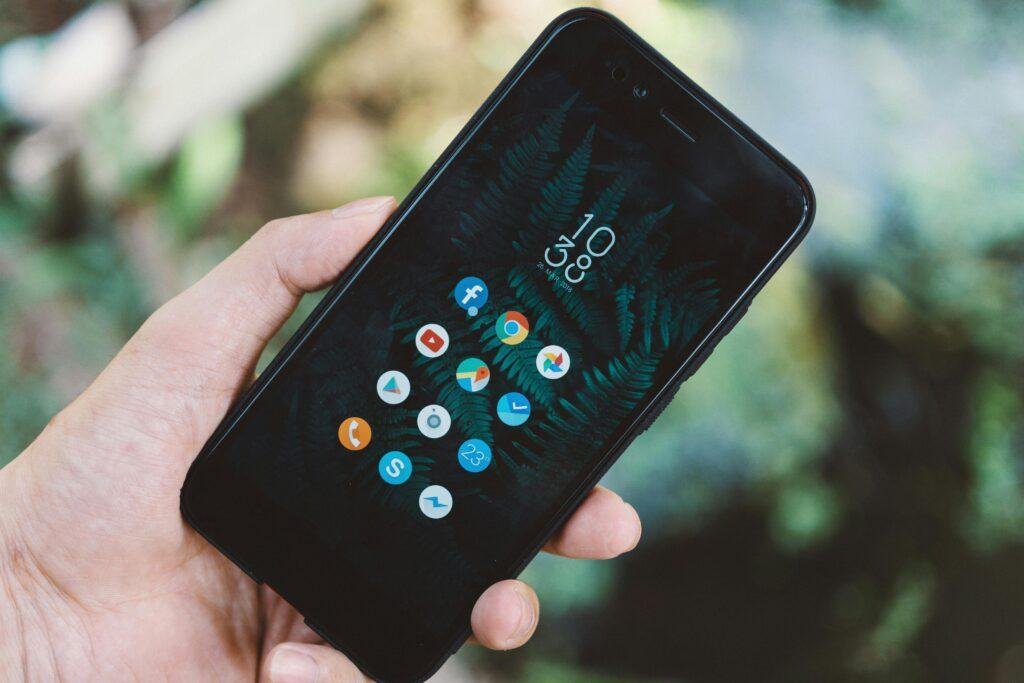Make Your Smartphone Last Longer
Smartphones have become essential tools in our daily lives, and they can be expensive investments. With the right care and maintenance, you can significantly extend the lifespan of your device, ensuring it continues to perform well for years to come. Whether you’re trying to preserve your current smartphone or make sure your next one lasts longer, these practical tips can help you protect your device, improve its performance, and save money in the long run.
1. Avoid Extreme Temperatures
Smartphones are designed to function best within a specific temperature range. Exposing your phone to extreme heat or cold can damage internal components, including the battery. High temperatures can cause the battery to degrade faster, while cold temperatures can cause the phone to malfunction or freeze.
How to Avoid This:
Keep your phone away from direct sunlight and places where it may overheat, such as the dashboard of a car.
Avoid leaving your phone outside in extremely cold weather. If you’re heading into colder temperatures, try to keep your phone in an insulated pocket.
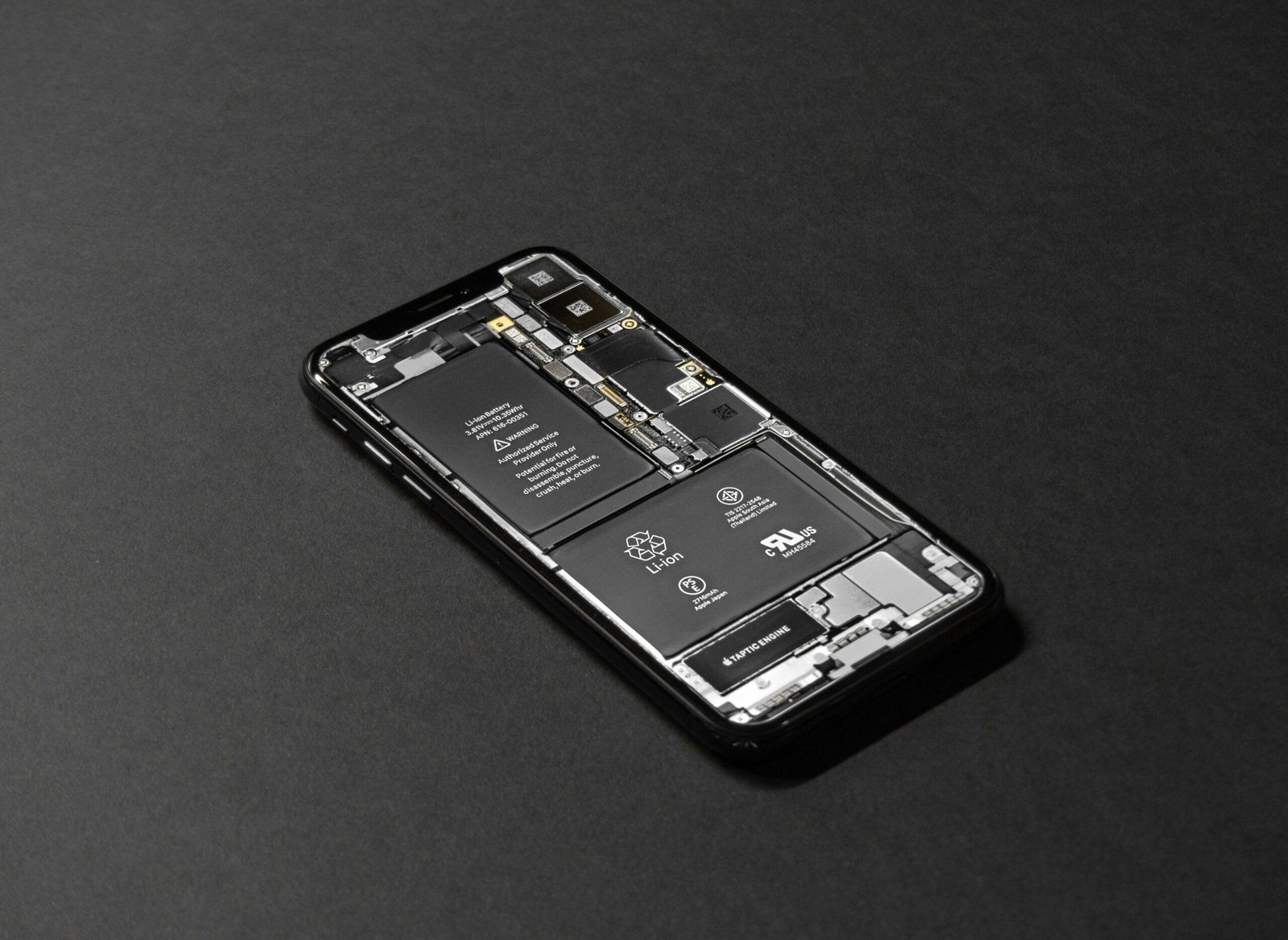
2. Proper Battery Care
Battery life is one of the most significant factors affecting your smartphone’s overall lifespan. Lithium-ion batteries, commonly used in smartphones, have a limited number of charge cycles. Overcharging or constantly draining your phone to 0% can shorten the battery’s life.
How to Take Care of Your Battery:
Avoid letting your battery dip below 20% or charging it to 100% regularly. Instead, aim to keep it between 20% and 80% for the best long-term health.
Unplug your phone once it’s fully charged to prevent prolonged overcharging.
Use the original charger, as third-party chargers might damage your phone or affect charging speed and efficiency.
Enable battery optimization features or power-saving modes when possible to reduce strain on the battery.
3. Update Software Regularly
Software updates are essential for maintaining the security and performance of your smartphone. Manufacturers often release updates to fix bugs, enhance security, and improve battery performance. Skipping these updates can result in slower performance, security vulnerabilities, and even reduced battery life.
How to Keep Your Software Up to Date:
Enable automatic updates, or manually check for updates in your settings.
Ensure you update both the operating system and apps to ensure compatibility and optimization.
4. Clear Cache and Unnecessary Files
As you use your smartphone, unnecessary files, app data, and cached information accumulate on your device. This can take up valuable storage space and slow down your phone’s performance. Regularly clearing your cache and deleting files can help maintain a smooth user experience.
How to Maintain Storage Efficiency:
Delete unused apps and clear app caches regularly. Many apps store temporary data that can be wiped without losing any important information.
Manage storage by organizing your files, deleting old photos or videos, and transferring large files to cloud storage or an external device.
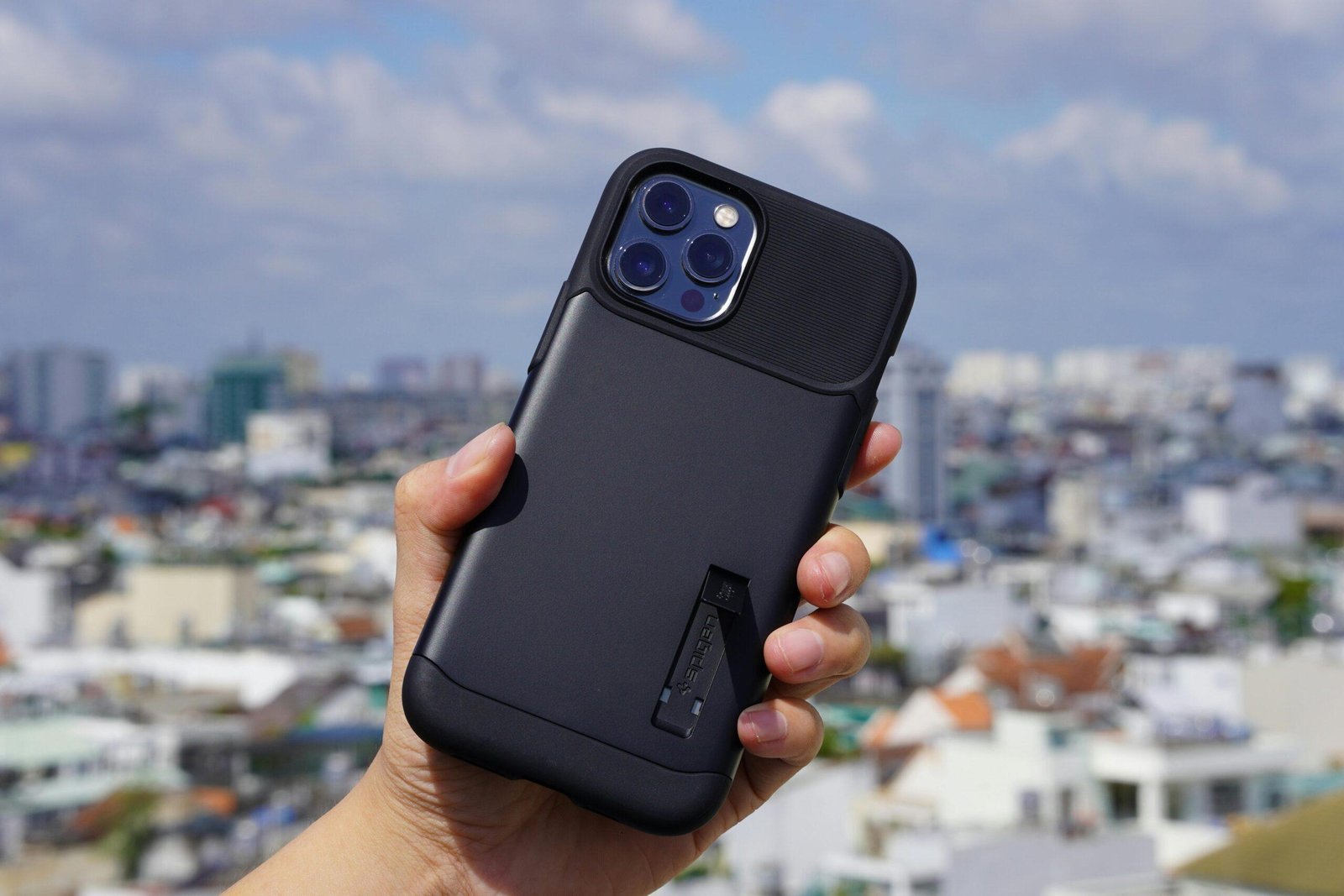
5. Use a Protective Case and Screen Protector
Accidents happen, and dropping your smartphone can result in costly repairs. A good protective case can absorb the impact from falls and shield your device from scratches. Similarly, a screen protector helps prevent damage to the screen, one of the most fragile parts of your phone.
How to Protect Your Smartphone:
Invest in a sturdy, high-quality case that provides ample protection without being too bulky.
Apply a tempered glass screen protector or a plastic film to protect your display from scratches and cracks.
6. Disable Unnecessary Features
Modern smartphones come with many features, but not all of them are necessary for your daily usage. Features like Bluetooth, Wi-Fi, and location services consume battery life when they are turned on and running in the background. Disabling these when not in use can help your phone last longer both in terms of battery life and overall performance.
How to Optimize Your Phone’s Performance:
Turn off Bluetooth, Wi-Fi, or location services when you’re not using them.
Disable unused features like vibration, background app refresh, or widgets that drain battery unnecessarily.
Use airplane mode when you don’t need network connections.

7. Limit Background Apps
Many apps continue running in the background even when you’re not actively using them. This can not only consume additional resources like battery and memory but can also slow down your phone’s performance over time.
How to Manage Background Apps:
Close apps manually when you’re done using them.
Use your phone’s settings to limit background activity for certain apps that you don’t need to run continuously.
8. Use Power Saving Mode
When your phone’s battery is running low, or you’re anticipating a long day without access to a charger, using power-saving mode can help conserve battery life. This feature reduces the phone’s performance and limits background processes to make the most of the remaining charge.
How to Maximize Battery Life:
Activate power-saving mode when you’re in a pinch. Most smartphones have different levels of power-saving modes, from simple ones to extreme settings that limit almost all functions.
Some phones offer adaptive battery management, which learns your usage patterns and helps prioritize power for the most-used apps.
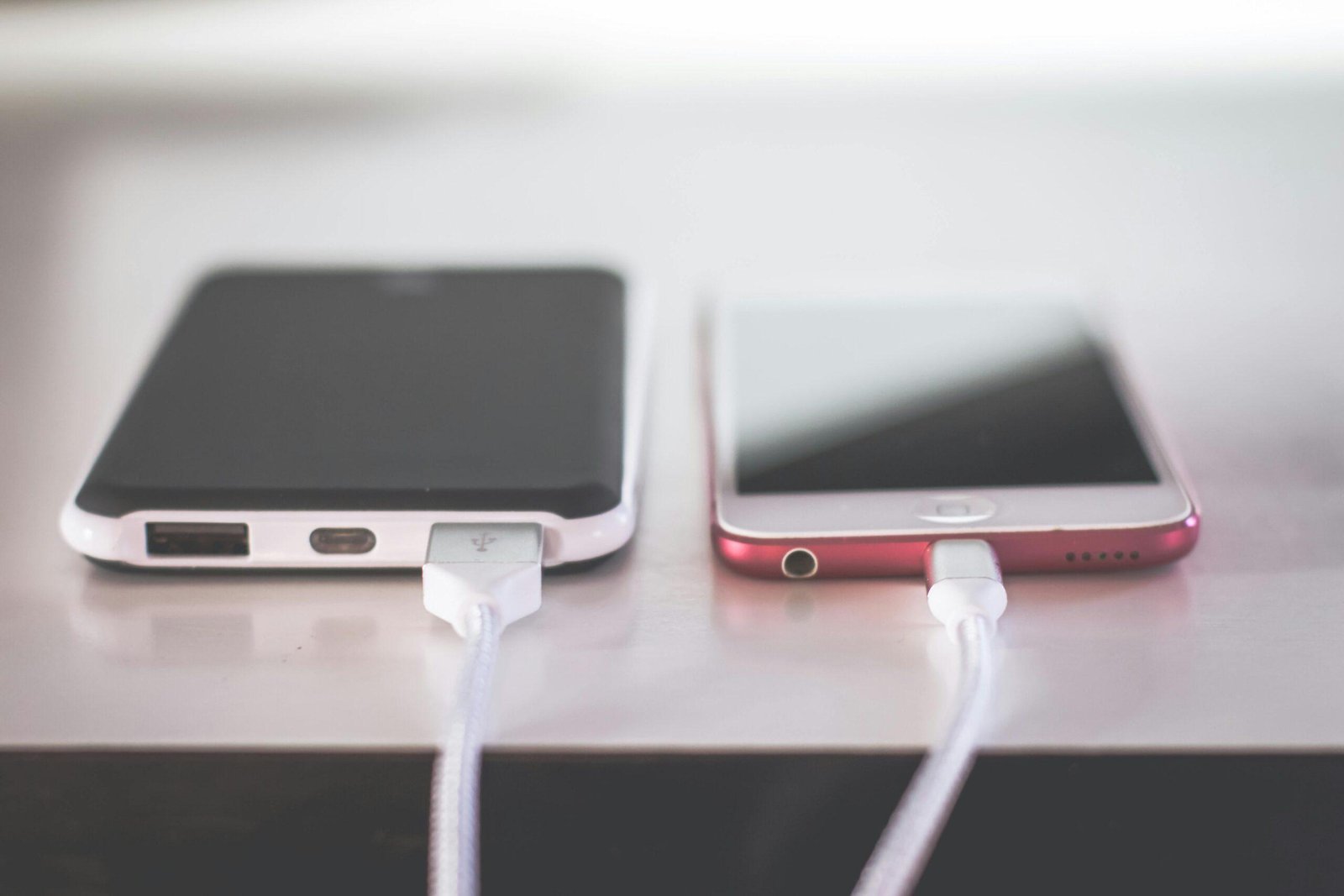
9. Avoid Overcharging
Although modern smartphones are designed to stop charging once they reach 100%, leaving your phone plugged in for long periods can still have an effect on the battery’s longevity. Constantly charging your phone overnight or during long periods can generate excess heat, which over time, can degrade the battery’s capacity.
How to Prevent Overcharging Issues:
Avoid charging overnight regularly. If you need to leave your phone plugged in, try to use a smart charger with features that stop charging once the battery is full.
Unplug the phone as soon as it reaches 100% to avoid unnecessary heat buildup.
10. Protect From Water and Dust
Water and dust can cause irreparable damage to the internal components of your phone. Even if your phone is rated as water-resistant, it’s still a good idea to avoid exposing it to moisture unnecessarily. Dust particles can also affect the internal systems, leading to issues like overheating.
How to Protect Your Phone from Water and Dust:
Keep your phone in a safe, dry place and avoid using it near water sources.
Use a waterproof case if you need extra protection, especially during outdoor activities or travel.
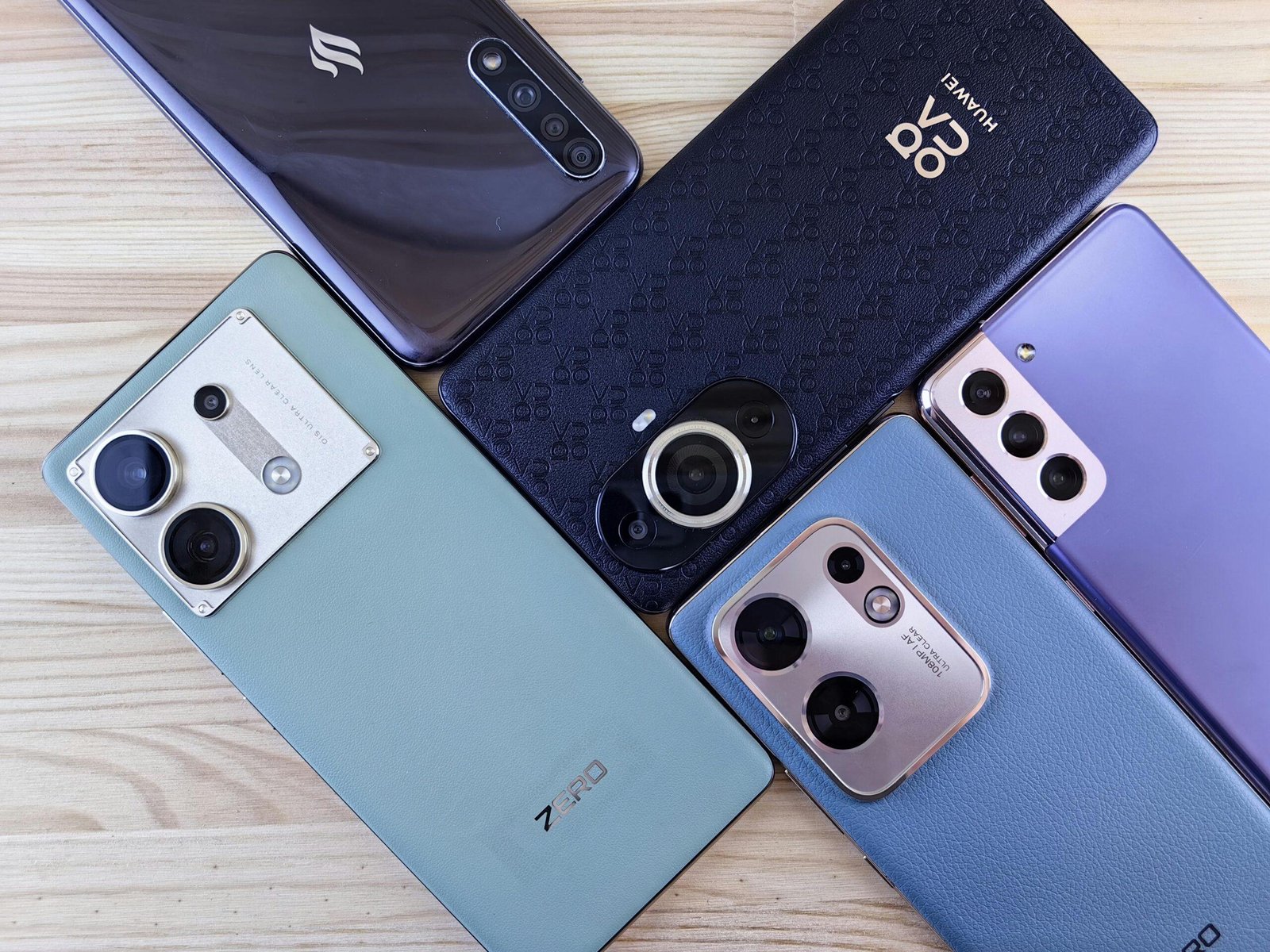
Conclusion
Smartphones are crucial in today’s world, and maintaining them properly can extend their lifespan and performance. By following these tips—protecting your device from temperature extremes, taking care of the battery, regularly updating software, keeping your phone clean, and using proper accessories—you can ensure that your smartphone serves you well for years to come. With a little care and attention, you’ll not only preserve your phone’s functionality but also get the most value out of your investment.
Image Credits: Pexels
